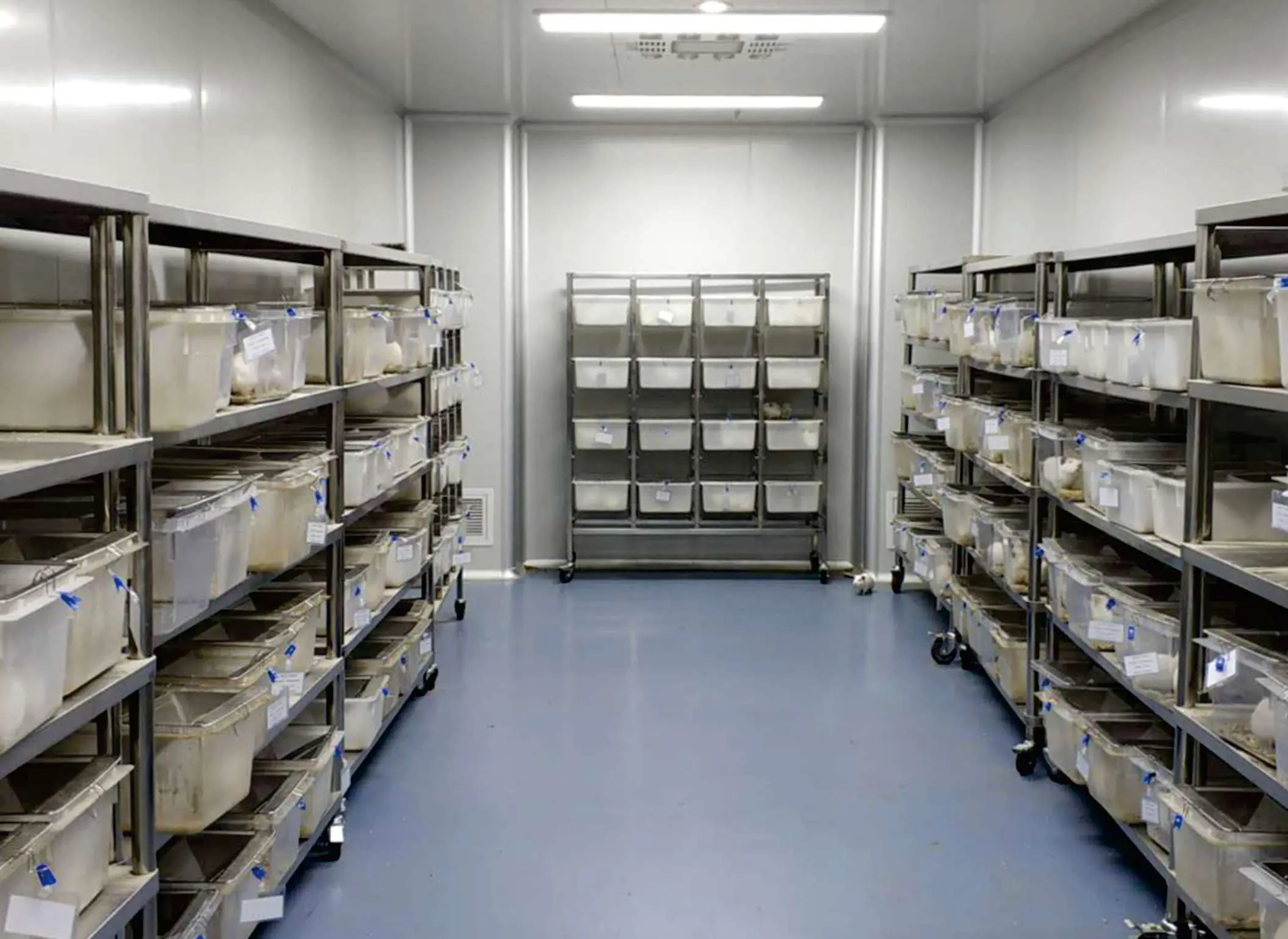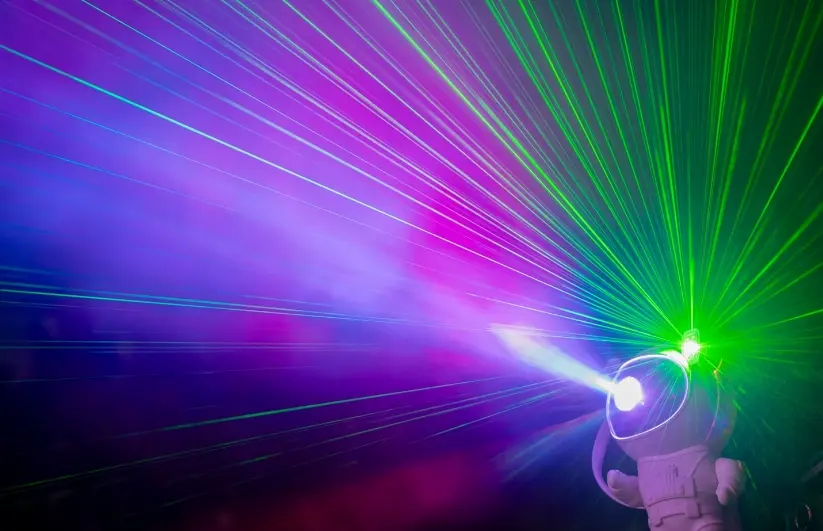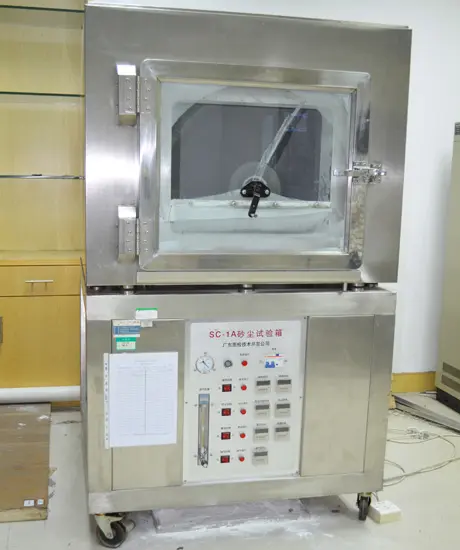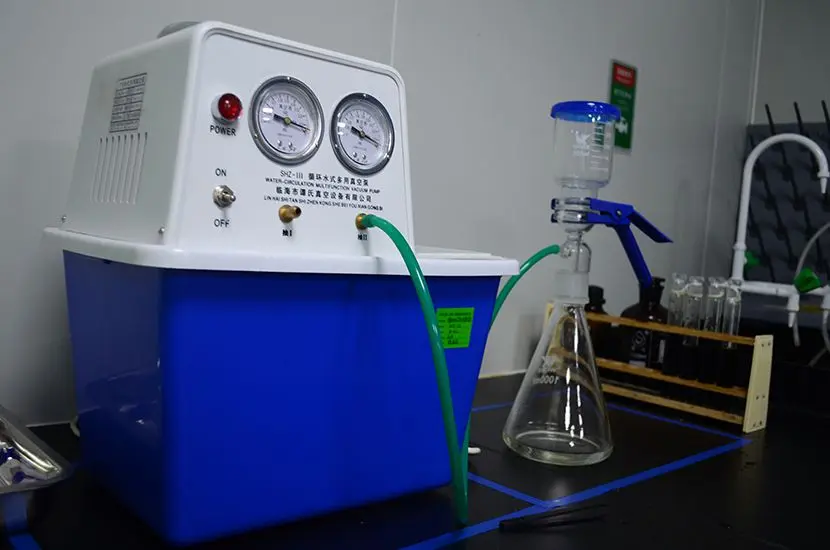
What is the ISO 10993-17:2023 Testing Standard?
ISO 10993-17 is a standard focusing on the chemical component evaluation of medical devices. It requires manufacturers to conduct rigorous investigations of their product's chemical composition. Toxicologists must assess the risks of each chemical substance. The revised standard aims to provide a more consistent method for evaluating chemical components, benefiting both users and regulatory agencies.
Key Features of ISO 10993-17
The primary purpose of ISO 10993-17 is to offer guidance for evaluating the chemical composition of medical devices. The updated version introduces critical concepts such as Toxicological Screening Limit (TSL), Margin of Safety (MOS), and exposure dose estimation. Chemical composition assessment is vital for determining biological risk strategies, as outlined in ISO 10993-1:2018.

Importance of Toxicological Risk Assessment
Toxicological risk assessment helps manufacturers evaluate the risks associated with chemical components and determine whether additional biological testing is required to mitigate these risks. The updated ISO 10993-17 standard provides a more structured approach to assessing chemical components, ensuring compliance with regulatory requirements.
Why is Chemical Component Evaluation Necessary?
Chemical component evaluation ensures the safety and efficacy of medical devices by:
- Identifying potentially harmful substances in the device.
- Assessing whether these substances exceed permissible levels.
- Evaluating stability, drug release performance, and biocompatibility, which are essential for device design, manufacturing, and use.
Importance of Toxicological Risk Assessment
Evaluating the toxicity of chemicals in medical devices enables manufacturers to:
- Identify potential hazards to human health.
- Implement measures during the design phase to reduce risks.
- Provide data to support regulatory approval and ensure product safety.
Impact of ISO 10993-17 (2023) Implementation
The revised standard introduces stricter requirements for chemical composition evaluation, compelling manufacturers to thoroughly understand their product's chemical components and conduct corresponding toxicological risk assessments. While meeting these requirements may demand additional resources and time, the standard ultimately enhances product safety and quality.
Choosing the Right Testing Partner for Biological Evaluation
Selecting a suitable testing partner is critical for successful biological evaluation. Consider the following:
- Qualifications and Experience: Ensure the partner has necessary accreditations and relevant expertise.
- Technical Capability: Evaluate their laboratory equipment and ability to deliver accurate results.
- Service Range: Opt for a partner offering comprehensive services, including chemical analysis and toxicological assessment.
- Communication and Reporting: Choose a partner that provides timely and precise reports with strong communication capabilities.
We recommend testing with JJR Labs in China, offering fully accredited services and cost savings of up to 30% on certification tests.
Changes in ISO 10993-17 (2023)
The latest version includes:
- Stricter chemical composition evaluation requirements.
- Introduction of concepts such as Toxicological Screening Limit (TSL), Margin of Safety (MOS), and exposure dose estimation.
- Emphasis on comprehensive understanding and risk assessment of chemical components.
These changes aim to enhance device safety and quality, ensuring patient health and safety.
Determining Acceptable Toxicological Risk for Medical Devices
To determine acceptable toxicological risk:
1. Chemical Characterization: Analyze the device's materials and components.
2. Toxicological Risk Assessment (TRA): Evaluate the potential toxicity of chemical components based on exposure levels, patient sensitivity, and toxicology data.
3. Margin of Safety (MOS) Assessment: Compare estimated exposure doses with toxicity thresholds to determine overall risk acceptability.
4. Clinical Use Analysis: Understand the device's intended use, exposure time, and patient demographics.
Avoiding Over- or Underestimation of Toxicological Risks
Manufacturers can avoid errors in toxicological risk assessment by:
- Partnering with Knowledgeable Laboratories: Work with labs familiar with ISO 10993 requirements.
- Adhering to Standards: Follow ISO 10993 guidelines for consistent evaluation.
- Engaging Expert Toxicologists: Utilize their expertise to balance risk assessments and address potential regulatory concerns.
Key Toxicological Concepts in ISO 10993-17
1. Toxicological Screening Limit (TSL):
A threshold level below which the toxicological risk of a chemical substance is deemed acceptable, determined based on toxicological data and exposure analysis.
2. Margin of Safety (MOS):
A measure of chemical safety, calculated by comparing estimated exposure doses with known toxicity thresholds. A higher MOS indicates greater safety.
3. Analytical Evaluation Threshold (AET):
A tool for assessing chemical composition, defining the level below which a chemical substance poses no health risk. Manufacturers use AET to quickly identify potential hazards and implement safety measures.
Worst-Case Assumptions and Conservative Thresholds
When evaluating worst-case scenarios and conservative toxicological thresholds, consider:
- Device Usage: Analyze how the device will be used and its exposure scenarios.
- Patient Sensitivity: Account for varying sensitivity across patient groups.
- Chemical Toxicity: Base evaluations on reliable scientific data.
Definitions:
- Worst-Case Assumption: Maximum potential risk posed by chemicals without mitigating measures.
- Conservative Threshold: A rigorously calculated toxicity limit ensuring device safety.
By adhering to these principles, manufacturers can ensure accurate assessments and compliance with the ISO 10993-17 standard.
Email:hello@jjrlab.com
Write your message here and send it to us
 Laser Product Qualification Consultants
Laser Product Qualification Consultants
 UL 268 Smoke Detector
UL 268 Smoke Detector
 How to Get Approved to Sell Toys on Amazon
How to Get Approved to Sell Toys on Amazon
 Element EMC Testing
Element EMC Testing
 Authorized Representative EU
Authorized Representative EU
 EU Representative Service
EU Representative Service
 ASTM F2413 Shoes Certification Testing
ASTM F2413 Shoes Certification Testing
 UL Listed Smoke and CO Detectors
UL Listed Smoke and CO Detectors
Leave us a message
24-hour online customer service at any time to respond, so that you worry!




